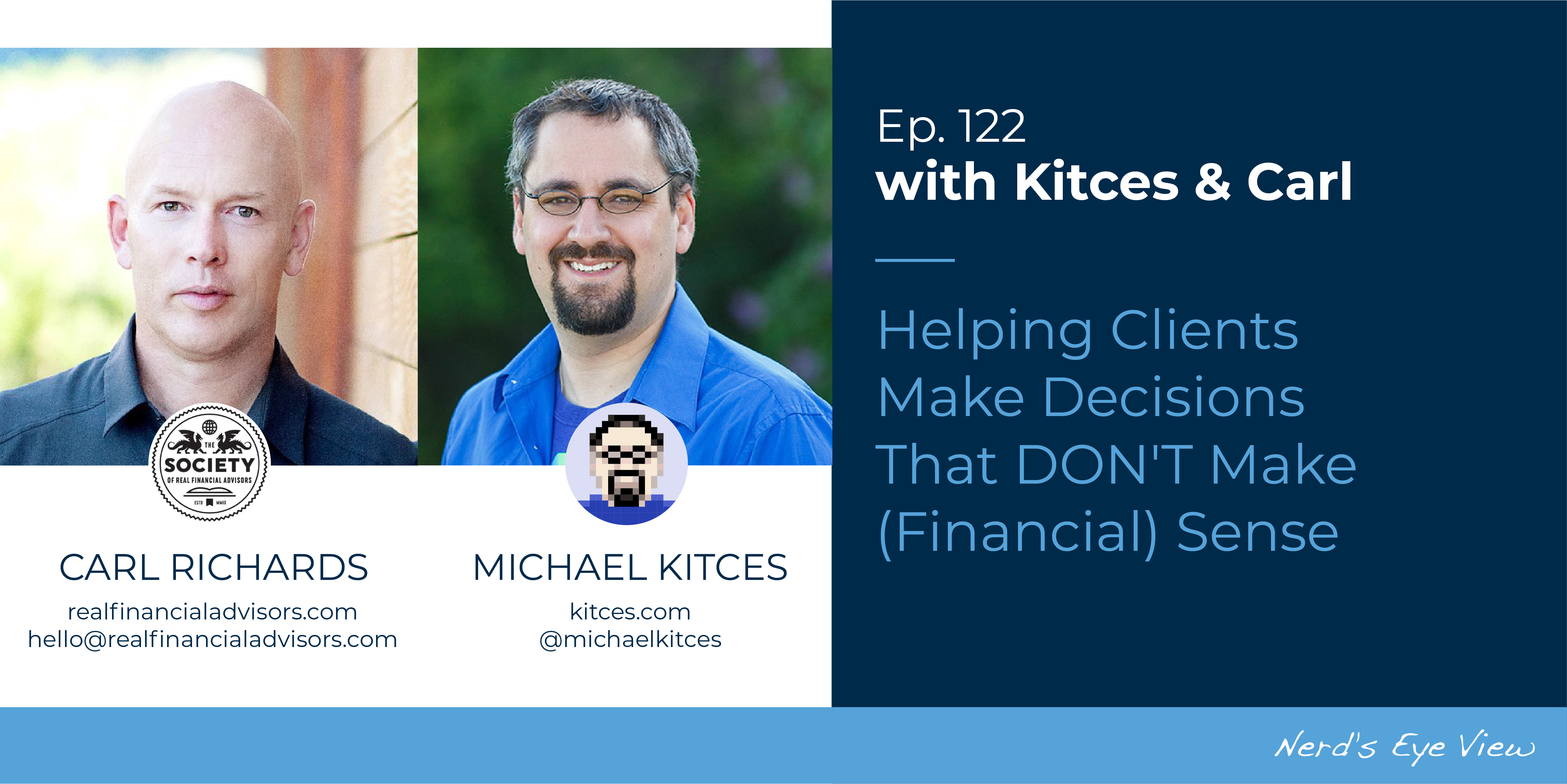For many financial advisors, financial planning advice traditionally focuses on optimization: tax-efficient, continually rebalanced portfolios are often designed to maximize a client’s wealth throughout retirement. Such optimization can serve as the backbone of an advisor’s value proposition, providing a bottom-line analysis that communicates why those (not insubstantial) fees are worthwhile at the end of the day. However, this approach can become complicated when clients want to make a decision that isn’t about maximizing their wealth, but instead about finding the capacity for more emotional fulfillment in their lives (e.g., taking a sabbatical, using a reverse mortgage to fund a dream goal, transitioning their work/life balance). And when these clients ask their advisor for permission to make such a decision, the financial advisors might find themselves in a tricky position, where the ‘right’ answer that clients want the advisor to come up with may not make sense in a spreadsheet designed to optimize returns.
In our 122nd episode of Kitces and Carl, Michael Kitces and client communication expert Carl Richards discuss navigating the 2 balance sheets of a client: 1) the literal financial spreadsheet and 2) the ’emotional’ balance sheet of their lives, and upholding one’s duty as a fiduciary and advicer when these 2 balance sheets come into conflict.
While advisors often create financial plans for their clients that ensure a full and secure retirement, they also want to support their clients’ desire to pursue meaningful goals and enriching life experiences – which can sometimes require straying from the client’s originally designed financial plan. To navigate a sensible balance between these 2 important objectives, advisors can start by helping clients prioritize their goals and identifying their most meaningful objectives. Then, by assessing the bottom-line impact of reaching their goal on their financial plan (e.g., the potential changes to their saving, spending, and planned retirement dates), advisors can help clients discern whether they can really afford those goals.
Advisors may also find it helpful to encourage clients to consider the impact on their own human capital – which includes not just their wealth, but also their time, energy, and attention. Using a human capital framework can offer clients a broader perspective to understand the actual resources they need to live the life they aspire to and how their overall financial wellness fits into that picture. Which can help clients narrow down what really matters to them most. Because, at the end of the day, living a fulfilling life – whether that means a 6-month sabbatical or the pottery studio in the backyard – might be what actually enables (and motivates!) clients to work longer, thus indirectly maximizing their overall wealth!
Ultimately, the key point is that while advisors work incredibly hard to deliver value by watching out for their clients’ financial wellbeing, they also have unique opportunities to add tremendous value by also supporting their clients’ emotional needs by helping them evaluate and act on spending decisions that can turn long-held dreams into reality!


